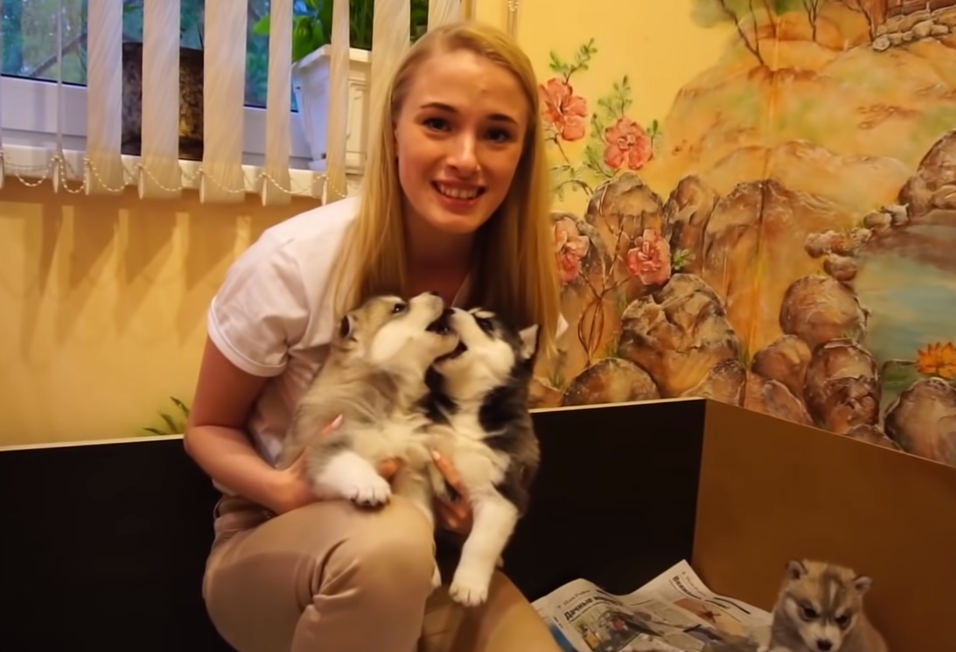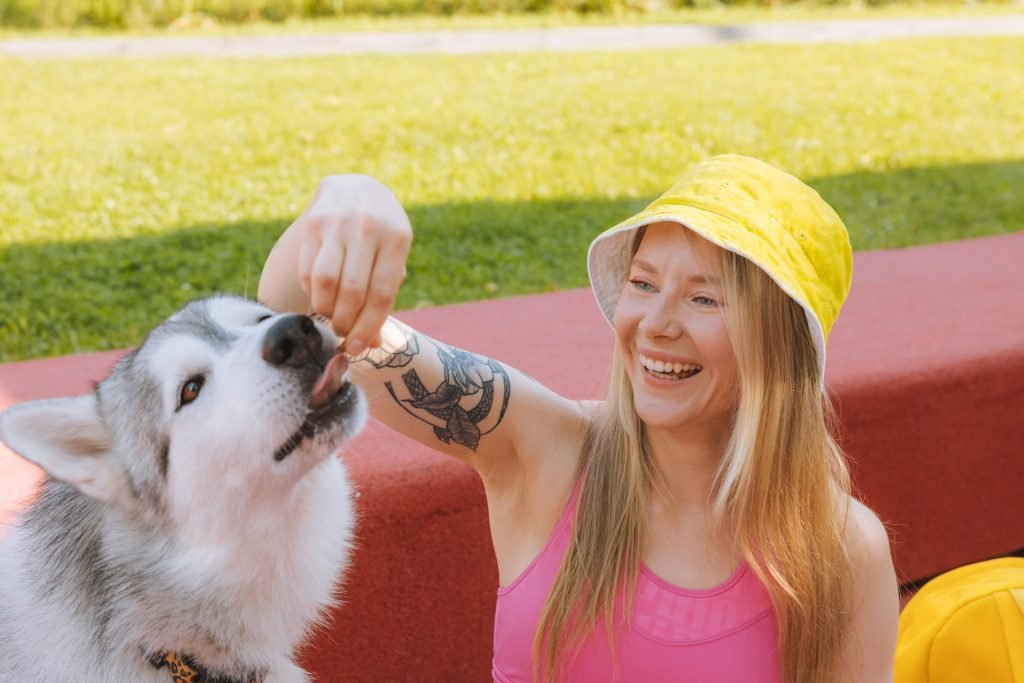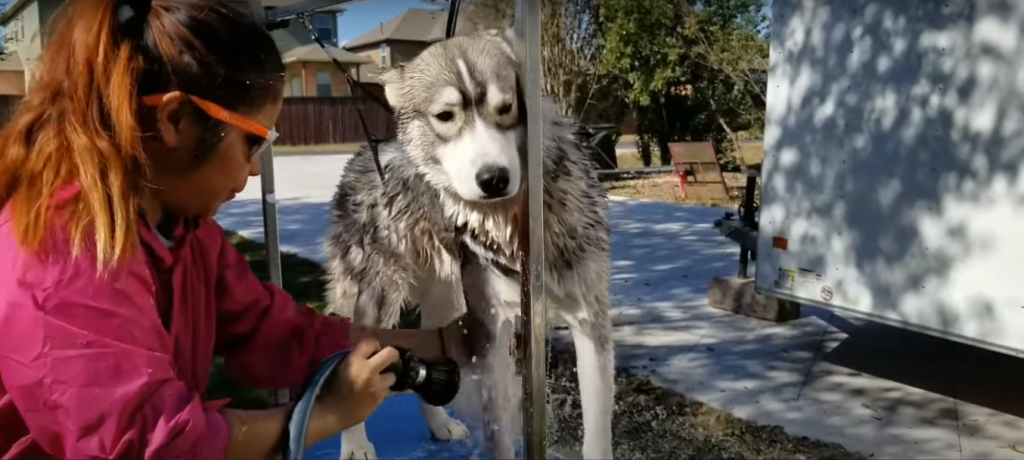
The Siberian husky is a popular breed of dog, and for good reason. These dogs are versatile and productive, able to handle a variety of tasks. But what is the Siberian husky breed really like? What are the different types?
In this blog post, we will explore the different types of Siberian huskies and what you need to know about them before you decide if this is the right breed for you. We will also provide some tips on how to choose the right Siberian husky for your needs.
The Siberian Husky: A Brief History
The Siberian husky is a versatile dog that was originally bred in the Arctic region of Siberia. Today, there are three different types of Siberians: the cross-bred, Alaskan Malamute, and purebred Siberian huskies.
Crossbreds are a mixture of two different types of Siberians and cannot produce true Siberian offspring. Alaskan Malamutes are a type of white husky that was originally bred in Alaska, but they can also carry some genes from the Siberian husky.
Purebred Siberians are only produced through breeding two purebred Siberian Huskies.
The original purpose for breeding these dogs was to help trappers with their work as well as to provide sledding dogs for transportation across harsh terrains.
They were also used as working dogs in various other capacities, such as guarding farms and settlements, helping farmers with their livestock, and search and rescue operations. In general, Siberians are very friendly and adaptable animals that make great family pets.
Today, there are several different organizations that register purebred Siberians. The most common places to find these dogs for sale are through pet stores or online retailers.
If you’re interested in adopting a purebred Siberian Husky, it’s best to contact an organization that registers them in order to avoid any potential complications or hassles when bringing one home.
The Different Types of Siberians
There are three types of Siberians: the Samoyed, the Alaskan Malamute, and the Siberian Husky. Each type has its own unique attributes that make them perfect for different purposes.
The Samoyed is a versatile breed that was originally used as a working dog in Siberia. They’re mild-mannered and have thick coat that helps them stay warm in cold climates.
The Alaskan Malamute is a powerful breed that was originally used as sled dogs in Alaska. They’re well-suited for heavy work due to their strength and endurance.
The Siberian Husky is the most popular type of Siberian, and they’re perfect for people who want an easygoing dog that can be trained easily. They have soft coats that are easy to care for, and they make great family pets.
The Siberian Husky: Personality and Temperament
Siberian Huskies are one of the most popular breeds of sled dogs in the world. These dogs are known for their friendly personalities and energetic natures, which make them ideal for both recreational and competitive use. Siberian Huskies come in three main types:
The Alaskan Husky is the most common type of Siberian Husky and is the foundation of the breed. These dogs are bred in Alaska and other parts of North America for sledding purposes. They have a wide range of Temperaments levels but are typically very friendly and easy to train.

The Canadian Eskimo Husky is a smaller version of the Alaskan Husky. These dogs were originally bred to be used as working sleds in cold climates, such as Canada’s Arctic regions. They have a thicker coats than other Siberians, making them warmer in cold weather conditions.
The Siberian Samoyed is the smallest type of Siberian Husky and is considered to be a “spitz” breed. These dogs were bred for hunting by nomadic tribes in Siberia and other cold climates. They have a thick fur coat that can act as insulation from the cold weather, as well as long hair which can be used for warmth or protection from snow or ice.
Getting a Siberian Husky
If you’re thinking of getting a Siberian Husky, there are a few things you need to know about the different types of Siberians. There are three main types: the Alaskan Husky, the Siberian Husky, and the Samoyed.
The Alaskan Husky is the most popular type of Siberian Husky and is recognizable by its thick coat of fur. They were originally bred in Alaska and are known for their strength and endurance.
The Siberian Husky is slightly smaller than the Alaskan Husky and has a less dense coat of fur. They were originally bred in Siberia and are known for their agility, speed, and softness.
The Samoyed is the smallest type of Siberian Husky and was originally bred in Siberia as a working dog. They have a thick coat of fur that can be black, brown, or white.
Feeding a Siberian Husky
There are three main types of Siberians: the Alaskan Malamute, the Siberian Husky, and the Samoyed. Each type has its own unique personality and needs. Here’s what you need to know about feeding a Siberian Husky.

Alaskan Malamutes are the largest type of husky and have a thick coat of fur that can be very long and shaggy. They are heavy dogs that need lots of food to maintain their weight, so they usually eat more than other huskies. Their diet should include meat, bones, fresh fruit and vegetables, and a small amount of grain.
Siberian Huskies are the most common type of husky in the United States and Canada. They have a sleek coat that is short on top but long on the bottom. This type of husky needs less food than other types because it has a high energy level. Their diet should include meat, bones, fresh fruit and vegetables, milk, and grain if desired.
Samoyeds are one of the smallest types of husky and have a dense coat that can be silvery or black in color. They don’t require as much food as other types of huskies because they have a low energy level; their diet should only include meat, bones, fresh fruit or vegetables, milk if desired, and limited amounts of grain.
Grooming a Siberian Husky
Grooming a Siberian Husky is important for your pup’s health and overall happiness. Here are four things you need to know about that how to groom a Siberian Husky at home:
A Siberian Husky’s coat should be brushed at least once a week, more often if the coat is heavy or wet. Be sure to brush from the top of the head down to the tail.
-Siberian Huskies have short hair on their body, but a very long coat on their heads, neck, and chest. To keep this long coat healthy and clean, clip it close to the skin once a month using either clippers or shears. If the coat is too long, it can become tangled and matted.
Siberian Huskies require regular baths. Depending on their activity level, they may need one bath per week or every other week. Clean them thoroughly with mild soap before letting them dry off. They will love being able to roll around in the bathtub.

-Finally, make sure you trim any excess fur around their ears and anus. This will help them stay warm in cold weather and prevent mats from forming in these areas
Training a Siberian Husky
So you’ve decided you want a Siberian Husky, but are not quite sure what to look for in a puppy? Here is a list of some of the most important things to consider when buying a Siberian Husky:
- Size: Most Siberians will range in height from 14 to 18 inches and weigh between 55 and 80 pounds.
- Life expectancy: Generally, Siberians have a life expectancy of 10 to 12 years.
- Shedding: Siberians will shed – however, this should not be an issue as long as you Brush Your Husky At Least Twice A Week And Use A Shedding Liner When Necessary.
- Trainability: As with any breed of dog, training is key when it comes to mastering basic obedience commands such as come, sit, down, etc. With proper training and motivation, most Siberians can become very obedient dogs.
- Temperament: Like all breeds of dog, Siberian Huskies come in different temperaments which can range from laid back to high energy. It is important to research each puppy’s personality before making a purchase so that you can find the perfect fit for your family.
Conclusion
When it comes to choosing the perfect dog for you and your family, there is no question that a Siberian Husky will be a popular choice. But which type of Siberian Husky should you pick?
In this article, we will discuss the different types of Siberians available and what each one has to offer. Hopefully, by the end of this article, you will have a better idea as to which type of Siberian Husky would be best suited for your needs.
FAQ About Siberian Husky
1- Is A Husky a family dog?
Huskies are the dogs which are fearless and independent. This makes them very suitable for the outdoors, as they can live in conditions which would be unacceptable for a pampered house dog. A husky is a very athletic dog, however huskies are extremely gentle and devoted. A husky can be good with children.
2– Are Siberian Huskies aggressive?
A Siberian Husky is a sled dog breed that is friendly and gentle and may not be aggressive towards owners. However, it is important to understand that every Husky is different. In some cases, the Husky may be aggressive; this behavior can be traced back to the dog’s lineage. If a dog is aggressive, it should be spayed or neutered. Siberian Huskies can be very friendly and loving dogs.
3-Where to buy a Husky?
There is no hard and fast rule about where to buy a Husky. If you are buying it for companionship, you can try local breeders. If you are looking for a perfect working dog that can guard your property and assist in hauling a heavy load and pulling a sled, the best place to look for it is a local sled dog racing club.
4 –Do huskies understand human language?
I’m no expert on dogs, but I do know that every dog is quite different in personality. You can always tell a lot about a person by looking at the way they treat their dog. Huskies are known to be very intelligent animals that are in the “top 20” of intelligent dog breeds. As you may know, they are also very energetic and almost always want to be doing something. If you want to know if they can understand the English language, just give them the opportunity to learn. You will be surprised by how well they pick things up.
Leave a Reply